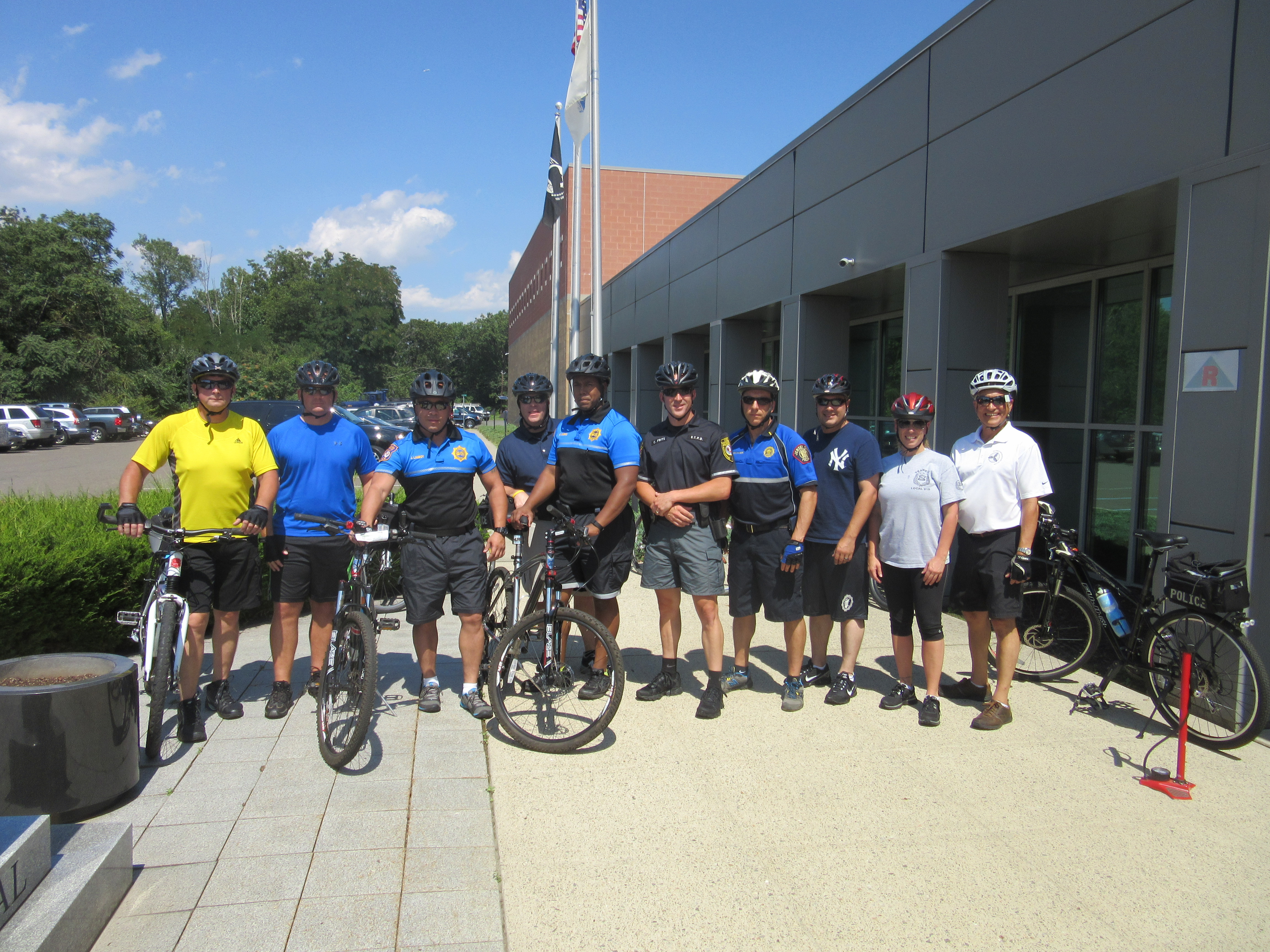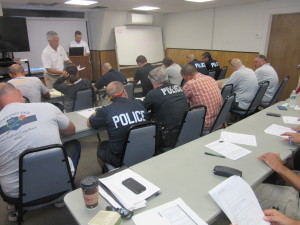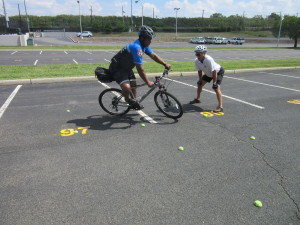“The problem is that you can be wounded in your mind as well as your physique.”
— Marco Pantani
Yeah, a bike crash can do that. The body (usually) heals just fine, thank you. But there’s a mind game going on, too.
I’m thinking about this again because a friend of mine was recently involved in a bike crash. The husband and wife were riding on a trail. At a road crossing, motorists stopped to let them cross the road. Someone in a car in the line decided that he wasn’t going to wait. So he swung out onto the shoulder on the right side of the lane and accelerated past everyone else…right into the husband on the bike.
The collision was at 40mph. Had the bicyclist’s right foot been a little further in the pedalstroke, the front bumper would have hit him in the leg. He probably would have lost his leg, given the speed of collision. Thank God that didn’t happen but of course, there are multiple other wounds now. After shattering the windshield and flying through the air before hitting the ground, he has a broken scapula, tears in both knees, tingling in his hands from the blow when he hit the ground on his head, a hematoma in his hip that will take 8 months to heal, damage to rib cartilage that allows his ribs to just pop in and out of place. Those are the ones they know about now. He’s still going from doctor to doctor so they can figure out if there’s anything else going on!
Think that’s all? Nope. His wife, who was riding right behind him at the time, got to watch him fly across the hood, smash the windshield, go airborne, and land on his head. She’s wounded, too. Not physically, but mentally and emotionally she’s having a hard time.
And the motorists who watched the whole scene play out in front of them? I’m sure some of them keep seeing it over and over, too.
And why did this happen? Because an egocentric, impatient motorist COULDN’T WAIT A FEW SECONDS to get through an intersection. He felt entitled to ignore the rule of law, normal caution and common courtesy because everyone else was in his way.
I hope he replays that day and that moment, too. I hope that the hurt he caused teaches him a little bit about awareness, about compassion, and makes him realize that he is NOT the center of the universe. If even just a little of this happens, then something good may yet come out of this.
I’ve been helping out the couple, being an ear when needed, bringing dinners when I can so there’s one less thing for them to think about. I know how the presence of friends and the outpouring of love, prayers, and thought can change things. I know how much the little things can mean.
I pray for their recovery. I pray for a change of heart in the motorist who did this. I pray that everyone who was there during and after is changed for the better. It’s a lot, I know, but I won’t stop caring.
I’ve talked about crashes in an earlier post. If you’d like to read on, try this one: “I just crashed! (hypothetically)“




